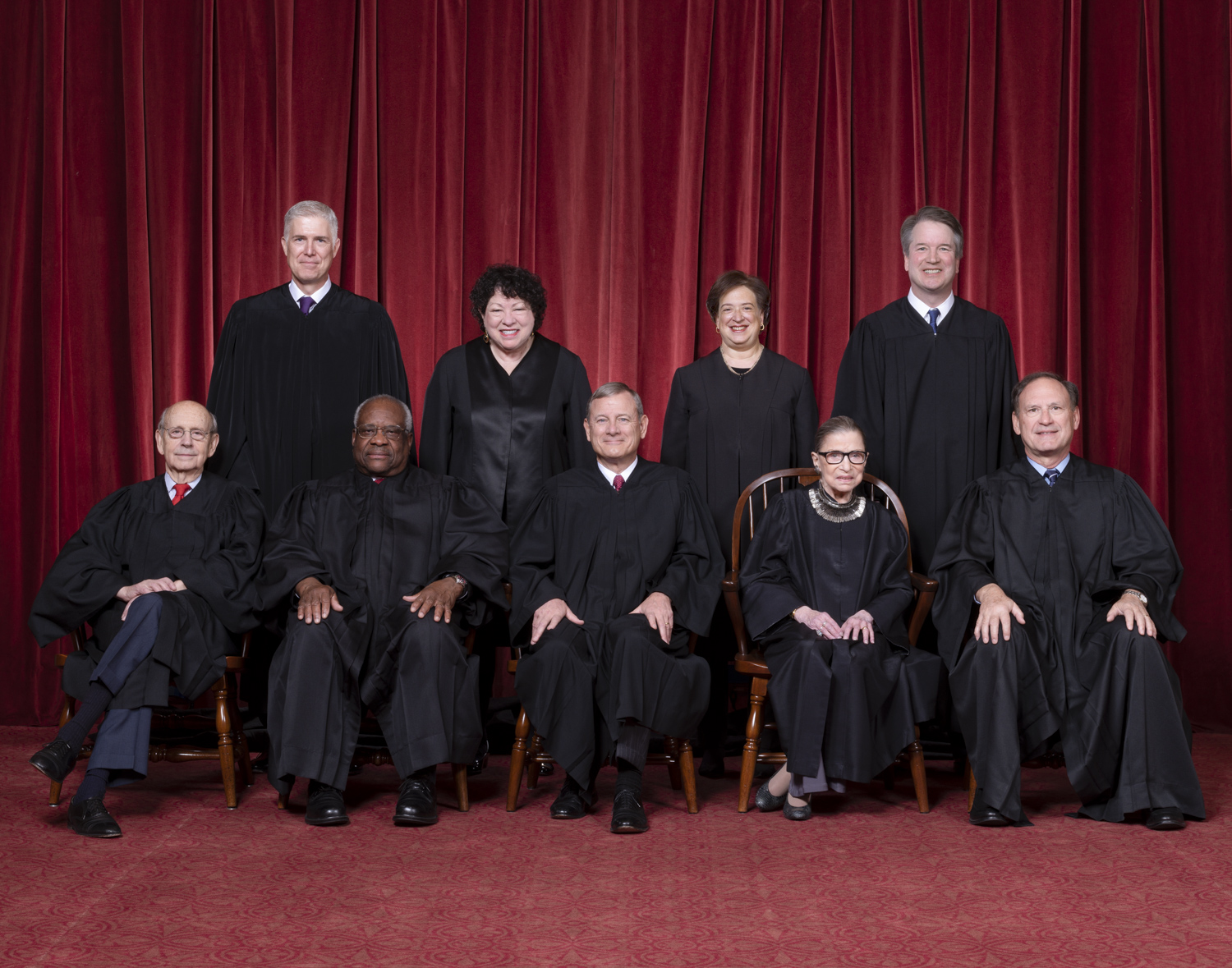
By Tyler Cooper, FTC senior researcher
Law professors Dan Epps and Ganesh Sitaraman have published an article in the Yale Law Journal, “How to Save the Supreme Court,” in which they assert that the court’s unprecedented party-line polarization and dreadful confirmation process make it an institution in need of saving.
The authors begin by namechecking commonly discussed proposals like term limits and court-packing and then propose two reforms of their own. The second of these is the “Balanced Bench,” or the 5-5-5 Plan, which will be the focus of this post.
Here’s how Epps and Sitaraman describe the plan:
First, the Supreme Court would start with ten Justices. Five would be affiliated with the Democratic Party, and five with the Republican Party. These ten Justices would then select five additional Justices chosen from current circuit (or possibly district) court judges. The catch? The ten partisan-affiliated Justices would need to select the additional five Justices unanimously (or at least by a strong supermajority requirement). These additional Justices would be chosen two years in advance, for one-year terms. And if the Justices failed to agree on a slate of additional colleagues, the Supreme Court would lack a quorum and could not hear any cases for that year.
There are two foundational questions for this and any policy reform. First, is it constitutional? And second, would it make for good policy? We believe the answer to both these questions is “no.”
Starting with the first question, the authors make their case for constitutionality by setting the bar lower than many would: a proposal doesn’t need to indisputably constitutional, they write, only plausibly constitutional. While one might reflexively recoil at that notion, it’s one worth engaging with further.

The authors admit that there is “significant risk” that the Supreme Court would strike down this plan but add that, ultimately, political calculations may convince the current nine to sanction it in order to stave off a subsequent, more partisan reform aimed at diminishing the conservative bloc’s power. Court-packing would be undeniably constitutional, they write, but likely less palatable to Chief Justice John Roberts and his conservative cohorts on the bench.
That being said, the Constitution’s Appointments Clause – which states that justices are nominated by presidents and confirmed by the Senate – is a significant problem for the Balanced Bench, as the authors admit. “Under a straightforward reading of the Clause,” they write, “this proposal thus seems unconstitutional.” When the proposal’s own authors admit this barrier, it seems unlikely that even significant political interests would be sufficient to ensure its survival.
To judge whether something makes for good policy requires first an understanding of its aims. In the case of the Balanced Bench, the authors acknowledge they want to mitigate the amplified partisanship of today’s court (there has always been some), stemming from the broken confirmation process to the proliferation of critical 5-4 decisions. The Balanced Bench proposal does nothing to reverse the trend. Rather, it leans into these developments by expressly naming partisan justices – i.e., five Republicans and five Democrats.
The fact that this proposal would have those 10 jointly name an additional five does nothing to remove the fact that for the first time in the nation’s history, partisanship of the high court will be de jure rather than de facto. This would likely exacerbate the public’s expectation that justices act simply as politicians in robes, and it may make justices even more comfortable wielding their power in line with their own partisan preferences, as we aren’t asking them to be above partisanship anymore.
This change would undoubtedly heighten the political stakes over each partisan seat when it opens up. “No more Souters” would be put into overdrive with the looming prospect of ideological drift in a party-static slot. (One step further, it’s hard to imagine how SCOTUS would have operated, and would have been seen by the public, had the Balanced Bench been in place through the party realignment of the civil rights movement. Another step: who’s to say our current Republican-Democratic duopoly marks the end of history when it comes to our national political party structure?)
Politics is baked into the constitutionally mandated process of naming justices, and without an amendment, politics will always be a part of it, even if it’s reformed via court-packing, term limits, rotating justices, a 5-5-5 Plan or another proposal. And yet, there is value in maintaining the Maginot Line where jurisprudence predominates party politics. There’s harm in ceasing to strive for that standard, even if we recognize we typically fall a bit short.
